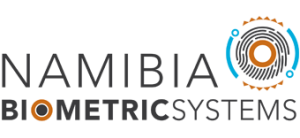How Biometric Authentication Works
In general, biometric systems collect a sample of a physiological or behavioural characteristic, then, utilizing an algorithm, translate the sample into a unique template. A template is the digital representation of a biometric characteristic. In many cases, characteristics are recorded as images, but for speaker recognition a waveform is recorded and for signature recognition, time series data. This phase is called enrollment. This reference may be stored in a central database or on a card (or both) depending on the needs of the application. The enrollment phase is similar to a user registering their password to protect access to their valuable data such as an online banking account.
Once an individual has been enrolled an algorithm will allow the matching of an enrolled template with a new template just created for verifying an identity called a live template. When a stored template and a live template are compared, the system calculates how closely they match. If the match is close enough, a person will be verified. If the match is not close enough, a person will not be verified and rejected. Physiological or behavioural characteristics of non legitimate users who are rejected could be stored and shared with local or international authorities. This is similar to a user claiming ownership of protected information and using their password for verification.
There are two modes for biometric recognition: verification and identification. In verification, an identity is claimed and the comparison process is limited to checking the reference corresponding to this identity. In identification, no claim of identity is necessary and the system searches its reference database to find if a stored reference matches the biometric characteristics recorded.
